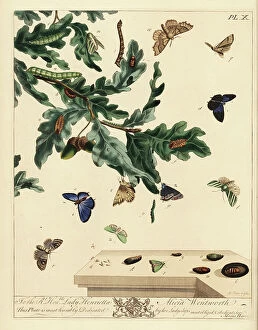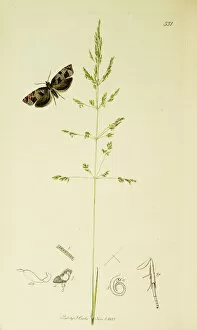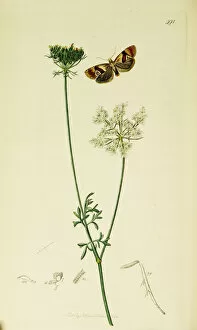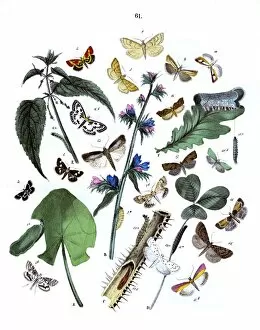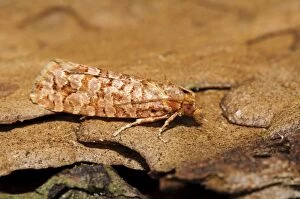Tortrix Collection
The tortrix, also known as the coral cylinder snake and common slug eater, is a fascinating creature that has been documented in various illustrations throughout history
For sale as Licensed Images
Choose your image, Select your licence and Download the media
The tortrix, also known as the coral cylinder snake and common slug eater, is a fascinating creature that has been documented in various illustrations throughout history. Curtis British Entomology Plate 763 showcases the intricate details of this unique species, with its vibrant colors resembling those of coral. Moving on to Curtis British Entomology Plate 583, we can observe the tortrix in action as it gracefully slithers across its natural habitat. In Plate 551, we are presented with a closer look at the tortrix's distinctive features - its elongated body and smooth scales make it an efficient predator of slugs. As we delve deeper into these captivating illustrations, Plate 491 reveals another side of the tortrix's life cycle. Here we witness its transformation from a larva to a fully grown moth. Plate 376 captures our attention with an illustration showcasing the delicate wingspan of this magnificent insect. The artist skillfully portrays every intricate detail, from the patterns on its wings to its slender antennae. In Plate 209, we see how these moths interact with their environment as they flutter around lush foliage. Moving forward to Plate 100 titled "Illustration: Pyrales -- Tortrices, " we gain further insight into different species within this diverse group. Each one possesses unique characteristics that set them apart while still belonging to the larger family of tortrices. Finally, let us explore some real-life encounters with these enchanting creatures. The oak leafroller or Tortrix viridana is captured in action on an oak leaf in multiple plates - spinning webs around itself for protection (Plate 491), delicately perched upon leaves (Plate 583), and even dangling from branches (Plate 209). These images give us a glimpse into their daily lives and highlight their remarkable adaptability within their ecosystem. Through centuries-old illustrations like those found in Curtis British Entomology Plates series and observations made by naturalists, we can appreciate the beauty and diversity moths.

